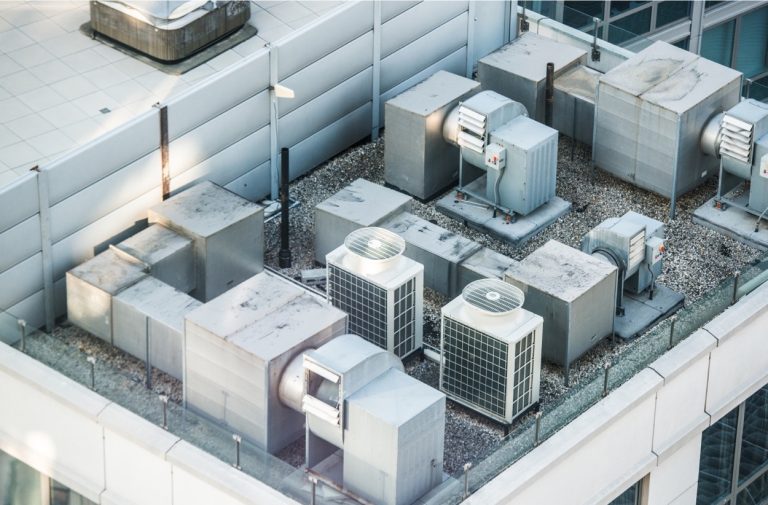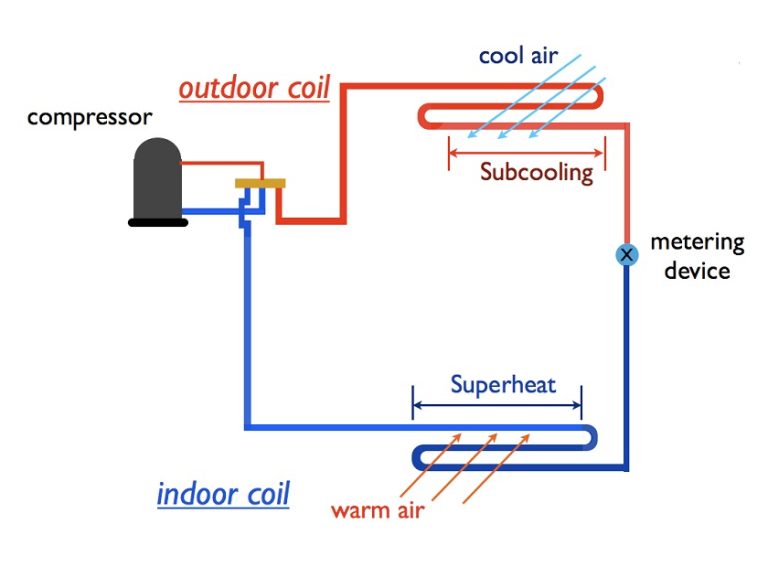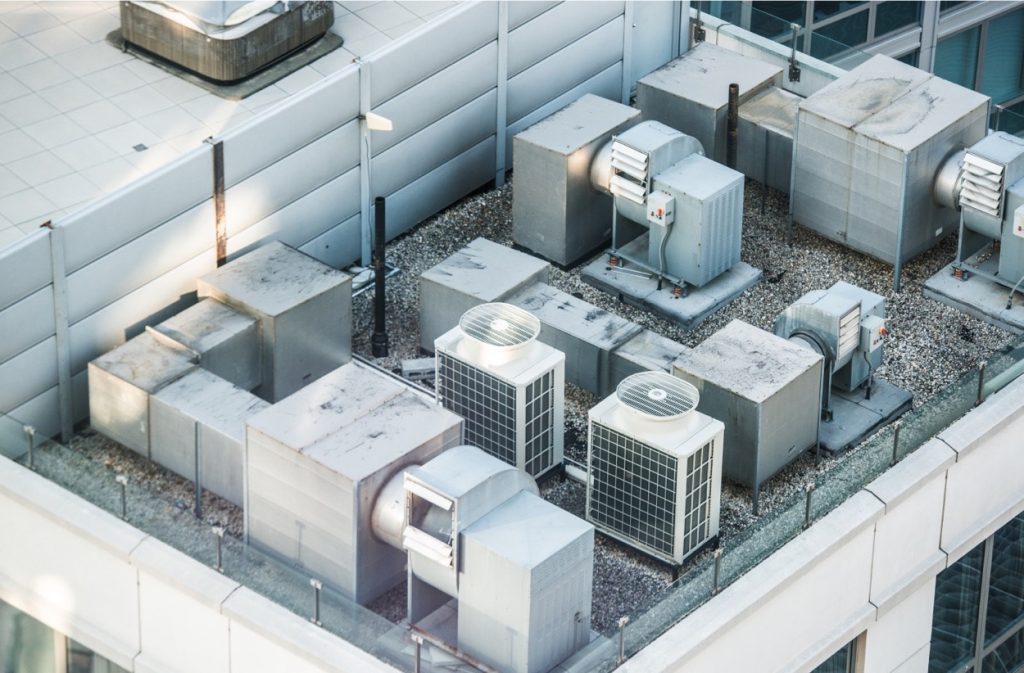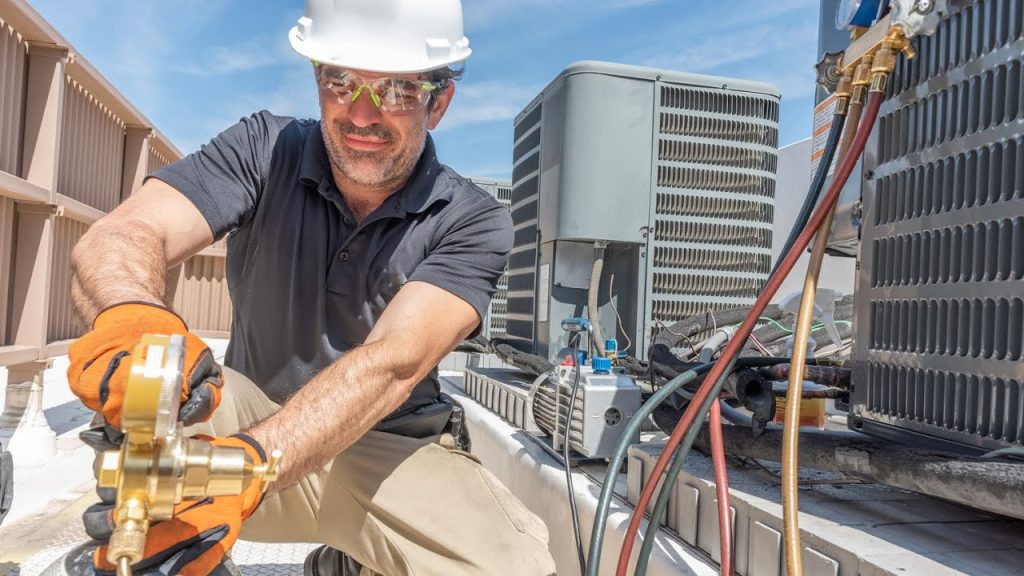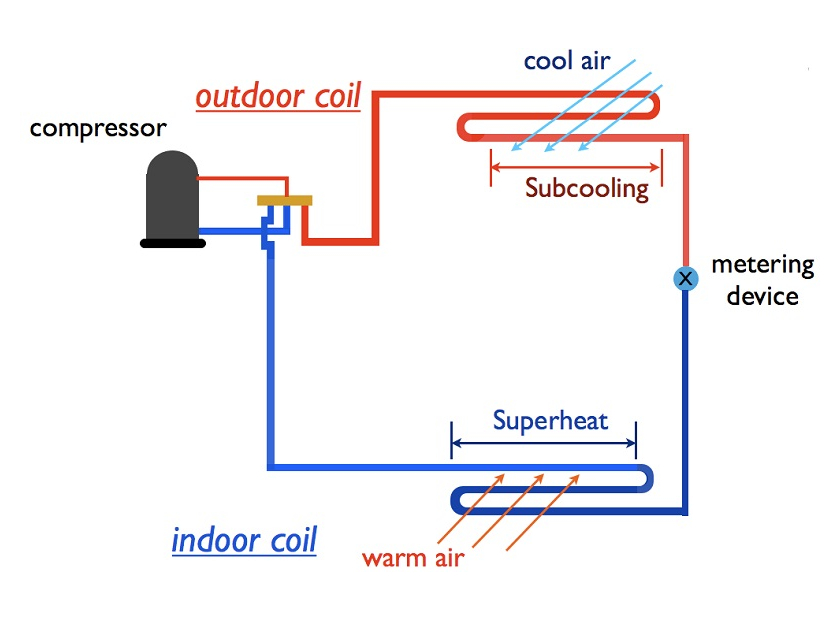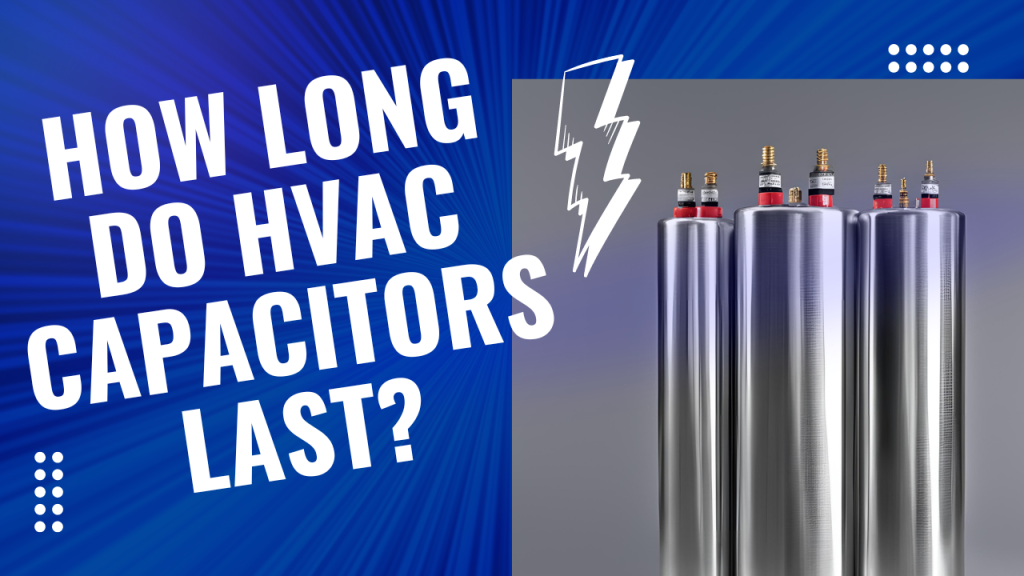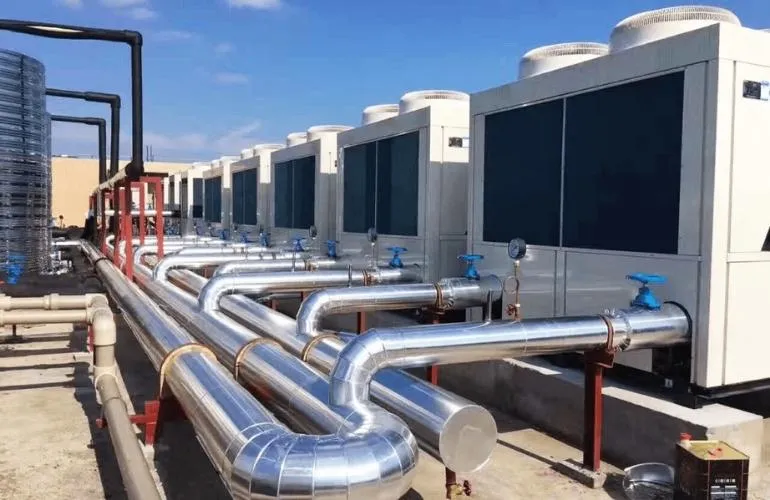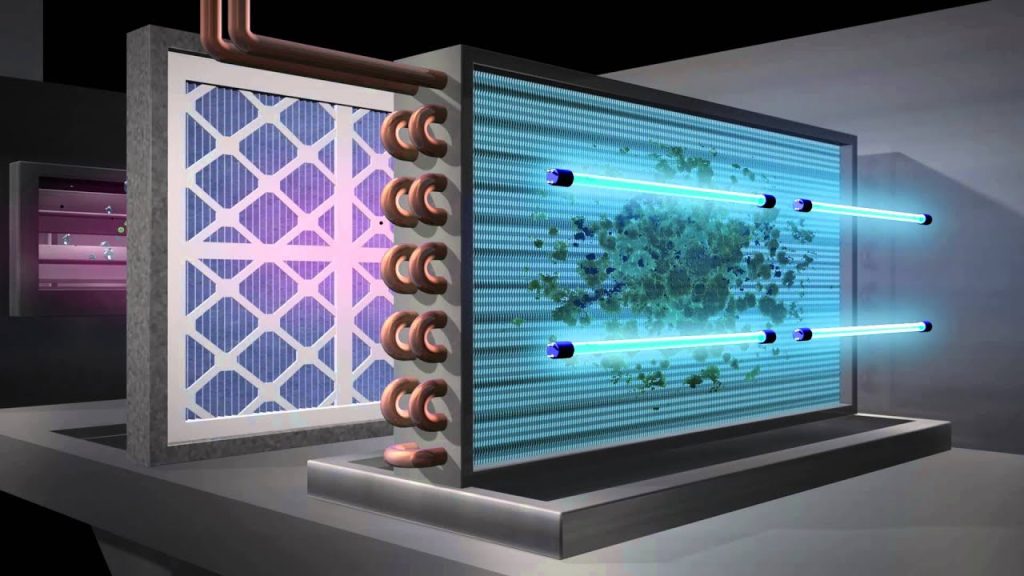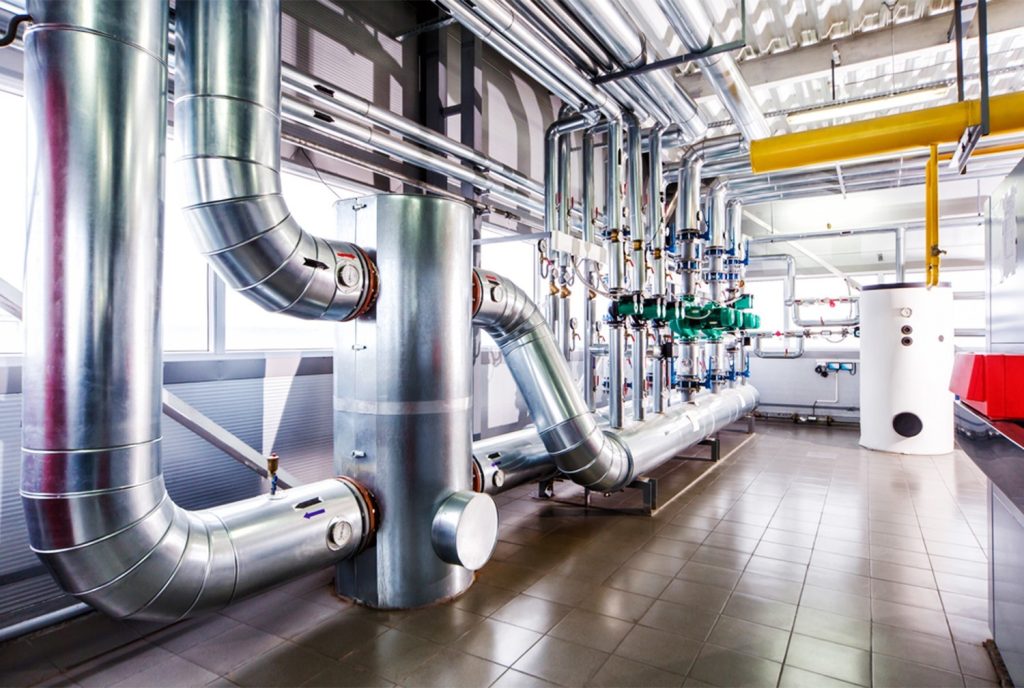You know how brutal summer can get without AC these days? But hardly anyone thinks about where their AC came from – probably too busy enjoying that sweet, cool air. Let me tell you though, air conditioning’s got a story worth telling.
It all started back when folks were still getting around in horse and buggies. People were sweating it out in their homes and workplaces, using anything they could think of to stay cool – hand fans, open windows, you name it. Then some bright minds started tinkering with ways to beat the heat, and boy did that lead somewhere. All those experiments and innovations turned into the AC systems we can’t live without today.
Want to dive into how we went from melting in the summer to having cool air at the push of a button? It’s pretty wild how much this invention changed the way we live, work, and even where we choose to call home.

History of the Air Conditioner (the beginnings)
Back in the 1840s, this Florida doctor named John Gorrie had a pretty wild idea. He figured that keeping patients cool might help them fight off diseases and feel better overall. But remember, this was before anyone had electricity – you couldn’t just flip a switch and get cool air like we do now.
At first, Gorrie thought about hauling huge blocks of ice down from northern lakes to cool off hospital rooms. Makes sense in theory, right? But try moving massive ice chunks hundreds of miles in the heat – it just wasn’t going to work out. But Gorrie wasn’t ready to give up.
Instead of relying on natural ice, he started playing around with making his own. He built this machine that could create ice using whatever power source was handy – horse power, wind, even steam. Pretty clever for his time. He got so far with it that in 1851, the government gave him a patent for his ice-making contraption.
Sad thing is, just when it looked like his invention might take off, his main money man died. Without that backing, Gorrie couldn’t get his machine to market. But here’s the thing – even though his invention never made it big, Gorrie’s ideas about mechanical cooling kicked off a whole new way of thinking. Those basic principles he worked out? They’re still part of how our air conditioners work today.
.

When was air conditioning invented?
Back in early 1900s Brooklyn, the folks at Sackett-Wilhelms Lithographic and Publishing Company were pulling their hair out. Their fancy color printing jobs kept getting ruined because of the crazy humidity. You can picture it – two brutal summers in a row, paper swelling up like a sponge, prints coming out all fuzzy. They needed help, and fast.
That’s when Willis Carrier steps in. Just 25 years old and fresh out of engineering school, this kid had an idea that would change everything. He rigged up this system where he took a big industrial fan and blew air across some steam coils filled with cold water. What happened next was pretty slick – all that extra moisture in the air would stick to those cold coils, leaving behind nice, cool, dry air. Perfect for keeping those prints looking sharp.
Carrier wasn’t done though. He knew he was onto something bigger than just fixing some printing problems. People started noticing how nice it felt in that print shop, and suddenly everyone wanted a piece of that cool air action. By 1922, he’d come up with something really special – the first practical centrifugal refrigeration compressor. That’s the granddaddy of every AC unit humming away in homes today.
But hold up – we can’t give Carrier all the credit here. Way back in 1748, this professor over at the University of Glasgow named William Cullen was already playing around with the idea of refrigeration. He showed how stuff could get cold through evaporation in a vacuum. Pretty mind-blowing stuff for the 1700s.
Today, if you swing by the Smithsonian’s National Museum of American History, you can check out one of those original 1922 compressors. It’s like looking at the great-grandfather of your home AC unit. Sure, Carrier took cooling to the next level, but he was building on ideas that went back nearly 200 years before him.
A hundred years down the road from those first cooling experiments, this Florida doctor named John Gorrie came up with something pretty clever – a small steam engine that could cool air. He wasn’t just tinkering around for fun though. Gorrie was trying to help his patients who were suffering from tropical diseases, figuring that cool air might give them some relief.
You’d think people would’ve jumped at this invention during the Industrial Revolution, right? But Gorrie ran into some serious pushback. The big ice companies up north saw his machine as a threat to their business. They fought hard against him, spreading rumors and lobbying to keep his invention down. Plus, folks back then were pretty skeptical about the whole idea of artificial cooling – seemed too good to be true, I guess. Sadly, Gorrie never got to see his invention take off. He died before anyone really gave it a chance.
Fast forward to 1939, at the St. Louis World’s Fair. Willis Carrier’s showing off his version of air conditioning with this neat igloo display, thermometer in hand. Now, people had been heating their homes for hundreds of years, but cooling them? That was something else entirely. It’s funny to think about now, but according to this guy Peter Liebhold from the Smithsonian, some people actually thought controlling the temperature was going against God’s will. But Carrier didn’t let that stop him. This young engineer saw the future in science and technology, and businesses started paying attention.
Before long, all kinds of industries were knocking on Carrier’s door. Leather makers, pasta factories – anyone whose products got messed up by the weather wanted in on this cooling technology. The newspapers were eating it up too. Back in the summer of 1906, there was this article in the Louisiana Planter and Sugar Manufacturer wondering why nobody had thought about cooling systems before. While factories were quick to jump on board, it was actually the movie theaters that brought air conditioning to regular folks like us.
You know how movie theaters changed everything for air conditioning? It all started when Willis Carrier came up with this thing called a centrifugal compressor. Before that, going to those old nickelodeons meant sitting in this stuffy, sweaty room with everyone else’s body heat. Not exactly a premium entertainment experience. But once theaters started putting in Carrier’s cooling systems, suddenly the well-to-do folks who wouldn’t be caught dead in those hot boxes were lining up to see movies in comfort.
By 1919, having cool air pumping through your movie house wasn’t just nice to have – it was what separated the successful theaters from the rest. But funny enough, while business owners were quick to jump on the AC train, it took regular folks a while longer to get it in their homes. That shift didn’t happen until after World War II, when Americans were ready to live the good life.
Life magazine captured this moment perfectly in 1945 with their article “Air Conditioning/ After the War it Will be Cheap Enough to Put in Private Homes.” It was like telling everyone, “Hey, that fancy cooling system you’ve been dreaming about? Soon you’ll be able to afford one too!”
These days, you’re more likely to find an AC unit in an American home than a dining room or garage. Think about that for a minute. Something that started out as a way to make factories run better has become as essential as having a kitchen. And boy, do we Americans love our AC – we use more energy cooling our buildings than the entire European Union, burning through 616 terawatt-hours back in 2016. The EU? They only used 152.
The numbers get even more eye-opening when you look at India. Here’s a country with four times our population and way hotter weather, but they only use about 91 terawatt-hours for AC. Shows you just how much we Americans like to control our environment.
Now we’re facing some tough questions about all this cooling. With climate change breathing down our necks and temperatures climbing worldwide, we’re caught in a tricky spot. More heat means more AC, but more AC means more energy use, which feeds right back into climate change.
But here’s where it gets interesting. Most businesses run in air-conditioned spaces now – you can’t just tell everyone to turn off the AC and sweat it out. Plus, as Basile points out, the rest of the world wants in on the comfort too. But Liebhold, this technology historian, thinks we might have an answer. Instead of giving up our cool air, he’s betting on better technology to solve the problem. As he puts it, “I’m optimistic about technology. Sure, not every new invention is a winner, but we usually end up finding tech solutions to our tech problems.”
Modern Air Conditioners Principle
Think of your AC system like your body – it’s got two main parts working together to keep you cool. You’ve got this box sitting outside your house (that’s your condenser/compressor), and another unit mounted inside on your wall or ceiling. They’re a team, kind of like your heart and lungs working together to keep you going.
Now, your AC actually works a lot like your kitchen fridge. Both of them aren’t really making cold air – they’re more like heat thieves, stealing the warmth from inside and dumping it outside. Pretty clever, right? They use this special fluid called refrigerant that’s really good at soaking up heat. This stuff goes through a neat cycle, changing from liquid to gas and back again, carrying heat away like a conveyor belt.
Here’s how the magic happens: When warm air from your room gets pulled into your AC, it runs into these super cold coils. Inside those coils is our refrigerant, and it’s thirsty for heat. As your warm room air passes over these coils, the refrigerant basically grabs the heat right out of it. Then it carries that heat outside to the unit in your yard, where it releases it into the outdoor air – kind of like taking out the trash, but with heat instead of garbage.
Energy Efficiency and Environmental Impacts
Every time you flip that switch to cool down, you’re part of something bigger – in the U.S., AC alone burns through 15% of all our power. That’s not pocket change we’re talking about. Your electric bill knows it, and so does our planet, because all that power use is pumping more carbon into the air.
But don’t sweat it – we’re not stuck with power-hungry cooling. Some smart folks are cooking up better ways to keep cool. They’re hooking up AC systems to solar panels, even tapping into the earth’s natural coolness underground. Saves you money, helps the planet breathe easier. Win-win, right?
And you don’t need fancy new gear to make a difference right now. Just like you wouldn’t let your car run with a filthy air filter, don’t let your AC struggle with a clogged one. Fix those sneaky air leaks around your windows – they’re like having a hole in your wallet. And grab yourself a programmable thermostat. Trust me, letting your AC take a break when you’re not home makes more sense than cooling empty rooms all day.
This stuff matters because every bit of power we save means less strain on your wallet and our planet. Simple as that. Want to know more about any of these money-saving tricks?
Emerging Technologies
These days, AC tech is getting pretty wild with some really clever innovations. Take these inverter units that just came out – instead of that annoying on-off cycle your old AC does (you know, like a car stopping and starting in traffic), these things smoothly adjust their speed like cruise control. They look at the room temp and just tweak how hard they’re working. Way less power used, and your room stays exactly how you want it.
Then there’s these new smart ACs that are basically mind readers. They’ve got these little sensors that can tell if someone’s in the room or not. Empty office? The AC eases off. People file in for a meeting? It kicks back up. Plus, you can control the whole thing from your phone – crank it up on your way home from work, or turn it down if you’re running late. No more cooling empty rooms or coming home to a stuffy house.
But here’s the really mind-bending stuff – some engineers are working on ACs that use magnets instead of that chemical refrigerant stuff. Sounds like sci-fi, right? It’s still pretty new, kind of like when electric cars first showed up. But the early tests look promising – these things might end up using way less power and won’t need any of those chemicals that can mess with the environment. Not ready for your home yet, but give it time.
Think of it like how phones evolved – we went from those basic flip phones to smartphones that do everything. AC tech is on that same kind of journey. Pretty cool what’s coming down the pipe, isn’t it?
FAQs
What is the main principal on refrigerators or ACs work on?
The main principle behind how refrigerators and ACs work is based on the vapor compression cycle. This involves compressing and expanding a refrigerant gas to absorb heat from one area (indoors) and release it in another (outdoors), resulting in cooler indoor temperatures. Additionally, fans are used to circulate air throughout the system for more efficient cooling. Technological advancements have allowed for improvements in this process, leading to more energy-efficient options such as inverter air conditioners or magnetic ACs.
How expanding a gas can lead to cooling?
When a gas expands, it cools down due to the decrease in temperature and pressure. This is known as the Joule-Thomson effect and is utilized in refrigeration systems. The compressed refrigerant gas then absorbs heat from indoor air, resulting in cooler temperatures inside.
Are there any green alternatives to traditional air conditioning systems?
Yes, there are several green alternatives available that utilize cleaner technologies and renewable energy sources. These include solar-powered air conditioners, evaporative coolers, and geothermal cooling systems. These options not only have a lower impact on the environment but can also result in cost savings for users in the long run.

